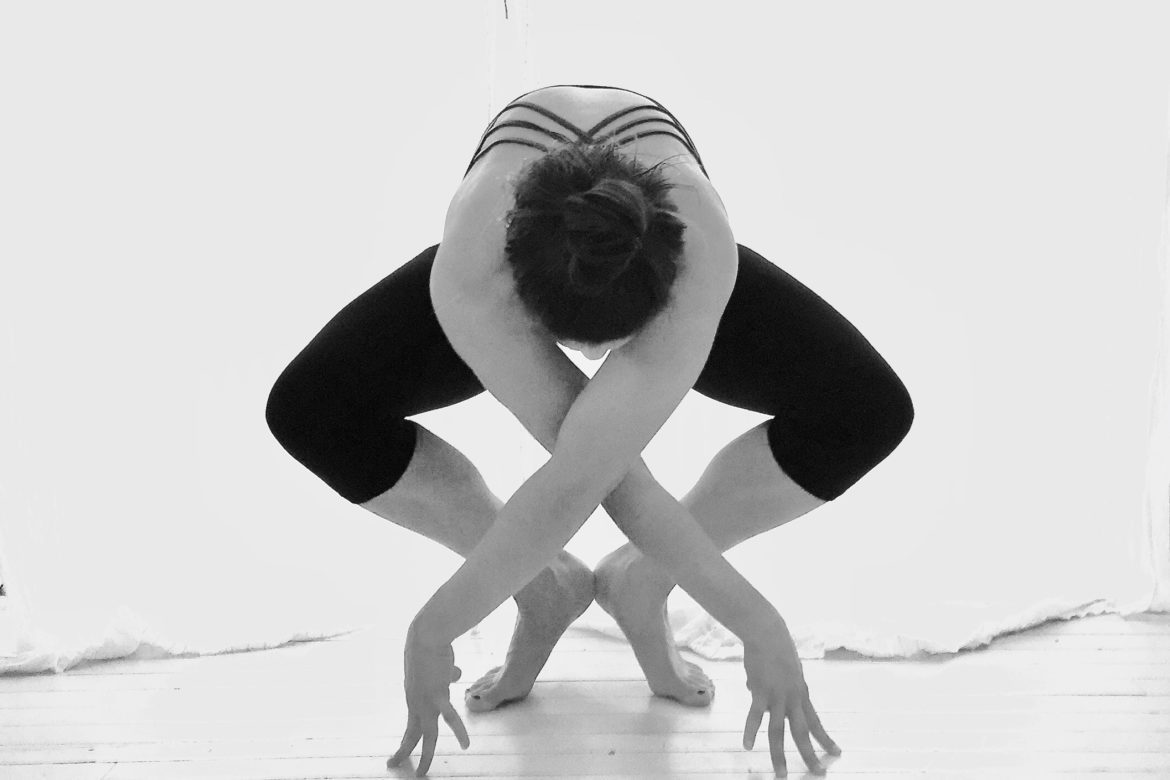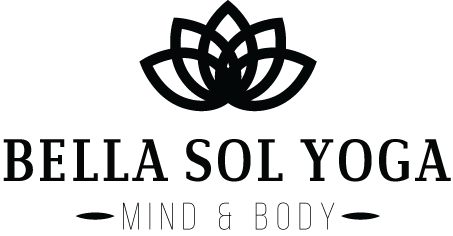
6 Types Of Yoga
Ever look into taking a yoga class and feel a little confused when you see all the different types of yoga out there? Yeah, I was too. There are so many! I haven’t done them all (I’ll get there, one day), but I’ve experienced a handful of various types of yoga classes. Here’s a rundown of six types of yoga you might come across while exploring what style of yoga is most suitable for you.
1. Hatha Yoga
Hatha Yoga is fairly generic. If we’re just going by the definition, Hatha Yoga is simply the practice of physical yoga postures. So that pretty much means all yoga you’ll find is Hatha Yoga. Yet, while Hatha Yoga is technically all encompassing, there is a certain connotation to this type of yoga you will likely come across. Usually if you see Hatha Yoga on the schedule of classes, you can expect a simple class, often a good place for beginners to start, that practices asanas (yoga postures) and pranayama (breathing exercises).
2. Vinyasa Yoga
If you go to a Vinyasa Yoga class, there’s a good chance you’ll hear the instructor say something along the lines of, “Okay, now take a vinyasa.” This is “shorthand” for moving through Plank Pose, Chaturanga Dandasana, Upward-Facing Dog, and Downward-Facing Dog Pose. However, the direct translation of vinyasa in Sanskrit is “to place in a special way”; nyasa signifies “to place” and vi signifies “in a special way.” Vinyasa Yoga is physically demanding and utilizes breath-synchronized movement to dynamically connect poses. You’ll notice your heart rate increase as you flow through the class.
3. Bikram Yoga
Wherever you take a Bikram Yoga class, you can always expect the same sequence of poses. Bikram Yoga is composed of 26 postures, each repeated twice. You’ll also work up a sweat. The studio room is set to 40% humidity while the heating is cranked up to 105 degrees.
4. Hot Yoga
Hot Yoga is similar to Bikram Yoga, except there’s more variation. The humidity and room temperature will differ from studio to studio. Yoga instructors have more leeway with Hot Yoga, giving them the opportunity to incorporate diverse postures. I personally like Hot Yoga because I know I’ll be balancing out my yoga practice by challenging my body in different ways.
5. Restorative Yoga
This is your time to really unwind. I was surprised when I took my first Restorative Yoga class; we stayed in poses for 15 to 20 minutes! For the total duration of the class, we only did four or five poses. We used props, such as blankets and bolsters, that helped staying in one pose for a long time a relaxing experience. Restorative Yoga, as the name would suggest, helps to restore an unhealthy or injured body back to a healthy state. To be honest, if you go into a Restorative Yoga feeling a little tired, you might have to fight falling asleep- it’s just that relaxing!
6. Yin Yoga
Yin Yoga targets your body’s deep connective tissue – the tendons, fascia and ligaments – while working to build and maintain flexibility. The length of time you will stay in each pose varies, but typically it’s between three to five minutes. However, in some Yin Yoga classes, poses might be held for up to twenty minutes. Yin Yoga can feel meditative as you cultivate stillness while deepening into postures. The majority of poses are practiced on the floor.
* While Restorative Yoga and Yin Yoga seem similar, there is a significant difference between these two styles of yoga. Restorative Yoga heals an unhealthy body while Yin Yoga challenges an already healthy body. For example, Restorative Yoga would be beneficial for someone who has a bad back and needs help with proper alignment. Yin Yoga would be preferable for a healthy athlete trying to increase their flexibility and boost their performance.

Leave a Reply